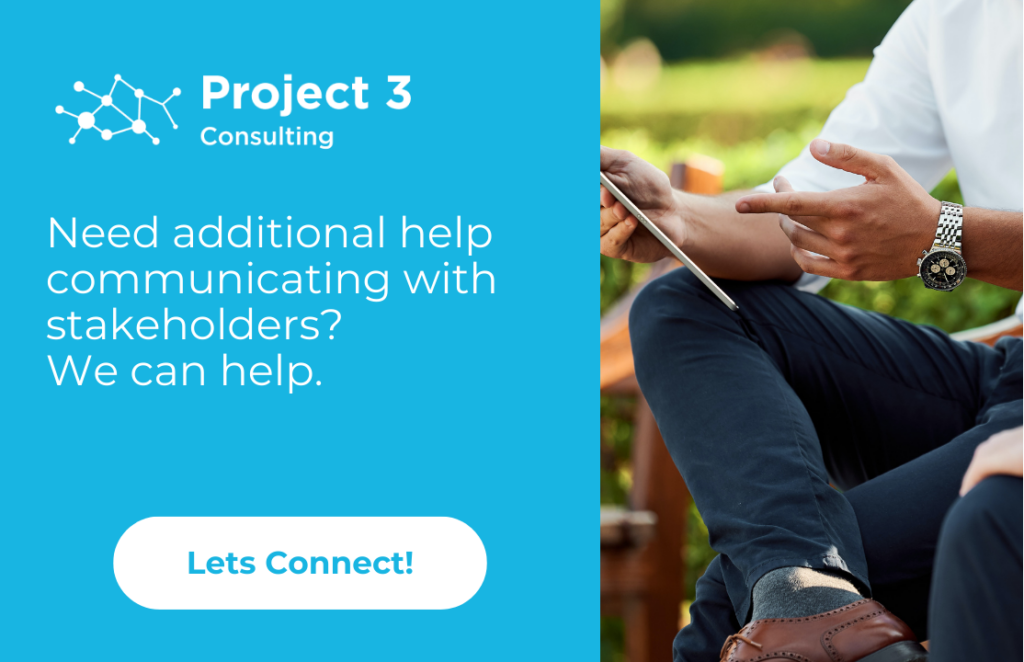
If you’ve been tasked with auditing your company’s Adobe Analytics and Adobe Launch systems, chances are you have plenty of data points to work with. But once you’ve identified any potential issues or opportunities, it can be difficult to communicate these findings to stakeholders in a concise, straightforward manner. To help make this process easier, here are some tips and tricks for effectively communicating the results of your audit to stakeholders:
Make Use of Visuals
When sharing information with stakeholders, visuals can be a great tool to help make your points clearer and more memorable. Consider using charts and graphs that illustrate important data points such as page views over time or average engagement times. You can also create mockups of web pages so you can visually demonstrate how changes could affect user experience.
Focus on Actionable Recommendations
Rather than simply stating what needs to be done, try to focus on practical recommendations for improvement that speak directly to each stakeholder’s role in making those changes happen. For instance, if there are certain design elements that need updating on a webpage, be sure to provide step-by-step instructions for doing so including helpful links or screenshots where necessary.
Keep it Simple
The last thing you want is for stakeholders to become overwhelmed by all the information you’re trying to convey — so keep things as simple as possible! Avoid complex jargon, when possible, break up large sections into smaller chunks that are easier to digest (like bullet points!), and don’t forget about context — provide enough background information so everyone understands why they should care about what they’re reading.

Include Relevant Quotes & Examples
In addition to providing an overview of the audit itself, include quotes from relevant experts or real-world examples from other companies who have successfully implemented similar solutions (if applicable). This will not only add credibility but also motivate stakeholders by showing them how their hard work could lead to tangible benefits such as increased conversions or reduced customer churn.
Follow Up After Presenting Your Findings
Finally, it’s important that you follow up after presenting your findings to ensure everyone is on the same page moving forward. Ask questions like “Do you understand the implications of our recommendations? What steps do we need to take now? What resources do we need in order to make this happen?” Doing this will help ensure that everyone has a good understanding of what needs to be done for the project to succeed and provide clarity when moving forward with implementation.




